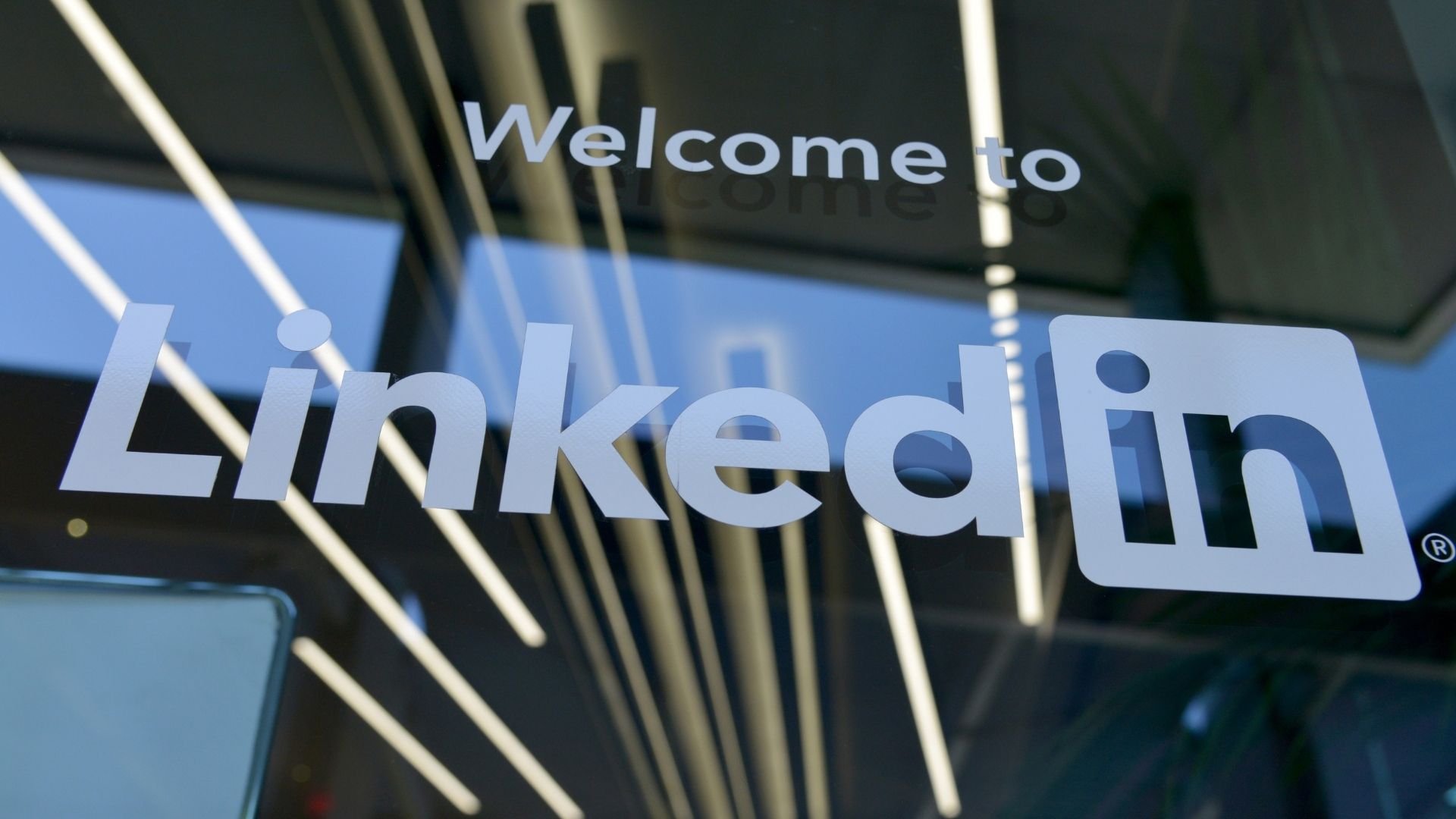Blogs have evolved from being public diaries to one of the most valuable marketing channels.
Blogging is the future of business.
B2B marketers who understand LinkedIn marketing know that blogs are a multifaceted tool in their marketing arsenal. They allow businesses to share their expertise and create influence without being “salesy” while generating leads back to their websites.
But here’s the problem, blogging is time-consuming.
Not just to create content but also to get viewership. With the challenges that come with blogging for business, the smart thing to do is make them work twice as hard.
Here is where LinkedIn Pulse can be a great asset for brands in their LinkedIn marketing strategy.
LinkedIn is THE place to be if you’re looking for your B2B community on social media.
Here’s what LinkedIn says in its research,
- LinkedIn generates 80% of B2B marketing leads from social media.
- The platform is preferred by 92% of B2B marketers.
- LinkedIn accounts for 46% of social media traffic to a company’s website.
In this blog, we will dive deep into how to make LinkedIn Pulse work for your brand’s messaging and build a community on the platform.
What Is LinkedIn Pulse?
LinkedIn Pulse is LinkedIn’s blogging platform created to empower users to post their articles and share with their network while staying on the platform itself.
Publishing content aids businesses and helps thought leaders develop their brand, increase trust and reach a larger audience. LinkedIn Pulse acts as a news aggregation feed within LinkedIn that allows industry experts to share self-published material with their followers.
Even if you don’t have an extensive network yet, it’s essential to invest the effort to build up your presence so that people regard you as an authority when they land on your profile.
By now, you must be wondering what the purpose of posting on an additional blog platform is. Or why you can’t just add a link to your company blog in a LinkedIn post. Let’s address those hesitations!

LinkedIn Pulse VS. Your Company Blog
- Traffic influx: More than 50% of all social traffic to B2B websites and blogs comes from LinkedIn. With more than 700 million users worldwide, LinkedIn has huge potential to distribute your content and multiply traffic to your blog. A company blog can have a hard time getting that sort of reach on its own.
- Untapped resource: Only about a little more than a million users use the publishing options on LinkedIn. Simply repurposing your original blog on the platform adds you to an exclusive group of content contributors. Also, the LinkedIn algorithm favors native posts more than external links.
- Ideal readers: The fact that most LinkedIn Pulse article readers are high-level decision-makers (managers, VPs, Directors) makes them even better for B2B marketing. By using their publisher platform, you can get your content promoted and get it read by the right people in your industry. A company blog rarely hits the jackpot in getting in front of the right pair of eyes in the same way.
- Google indexing: Pulse articles get indexed into Google search as well. So when someone looks you up, along with your blog, LinkedIn results also show up, increasing your reach and authority.

Figure 2: LinkedIn accounts for a whopping 64% of all visits to company websites via social media networks. Source
How Can LinkedIn Pulse Help Your Brand Reach More People?
The key reason for the success of LinkedIn is its positioning and benefits to professionals from all walks of life. No matter where you are in your professional journey, from executive to a brand leader, LinkedIn promotes and nurtures workplace conversions where everyone and anyone can be involved.
Pulse comes with multiple benefits for a brand, such as:
1. Reaching more people
As LinkedIn tailors content around people’s preferences, your content is more likely to reach an audience that falls within your brand’s ICPs and can help influence them. This helps build communities of like-minded professionals that can empower each other.
2. Content repurposing
LinkedIn does not care about plagiarism, but Google views it as duplicate content if you repost the content directly from your blog. This is harmful to your site’s SEO because it will not rank it and you could also get penalized.
To avoid this, there are two approaches you can use to publish on Pulse:
- Repurpose the original article and post a slightly different version.
- Share an abstract of the original article and then link the rest of the blog to the main site.
3. Increase your influence in SEO results
Since LinkedIn has a greater SEO value, all of your pulse articles, if written in proper SEO formatting, can rank in Google Search results for relevant queries and help improve your brand’s presence. Find the most searchable keywords connected to your topic and include them in your article to ensure your content is properly classified. This will boost the probability of your audience clicking on your content.
So, how do you get started? Let’s look at how you can get the best out of your Pulse articles by incorporating these best practices that boost shareability.

Tips & Best Practices For Writing Articles On LinkedIn
Here is a summary of the most important tips that can help your Pulse articles grow your brand’s influence.
1. Pick topics carefully
So what should you post on LinkedIn Pulse?
Like other social media networks, the messaging should be customized to your audience and based on industry trends. Since LinkedIn is a professional network, people prefer content that is informative and educational. So it is best to avoid vague and irrelevant topics. The most shared articles on LinkedIn fall under two categories:
- Industry trends and news that point to “the future of”, “in the world”, and “of the year”
- How-to articles: “X ways to”, “how to get”, and “how to make”
As a brand, you can be part of the “thought leadership” that LinkedIn itself suggests for brands and businesses. LinkedIn recommends three different types of thought leadership:
- Industry thought leadership is reflecting your thoughts on current events and trends
- Organizational thought leadership is reflected in your company’s vision and ethos.
- Product thought leadership is focused on providing the best solution for your consumers.
2. Try to improve readability
Most blog readers skim through an article at first glance. If they find something interesting, they stop to read the article. So it is important to format your articles to improve their readability. Use H2 and H3 subheads, bullet points and numbering to highlight the critical points of your articles. We also suggest bolding and underlining key takeaways or quotes.
Write more in a conversational tone as much as possible and use simple words that can easily be understood. Avoid industry jargon unless you are sharing intensive research or a particular niche topic.
One thing to keep in mind is not to link back to your articles in the post itself. If it is an absolute must, use the comments section.
3. Add more data to your articles
Longform writing improves the shareability of LinkedIn articles. An ideal pulse article length is between 1000 and 2000 words. A survey on LinkedIn revealed that 60% of members want to know about industry insights. This means you need to make sure your article delivers on its promise, backed with data and solid proof.
When writing an opinionated article, mention some statistics so your audience understands your take on the subject.
If your article seems to be getting too wordy, use external links for those who might be interested in delving deeper into the topic. You can also write a series of related articles to cover the topic. This can also add to your list and thus keep your readers engaged with more similar content.

Figure 3: Articles with 1900 – 2000 words perform best on LinkedIn. Source
4. Rework your headlines
Headlines decide the fate of articles online. We recommend always spending a little extra time thinking of creative ways to craft a headline that will generate curiosity and lead to clicks. Pulse headlines with 44-49 characters receive the most number of clicks, but ultimately the idea is to keep it short and catchy.
Some other factors to keep in mind while deciding headlines are to:
- Quote interesting statistics and numbers that denote authority.
- Not over-promise in the headline and under deliver with your content.
- Avoid asking questions in the headlines and make statements instead. For instance, instead of titling your Pulse “Is online schooling the future of education?”, use “Online schools: the future of education”.
5. Add interesting images
Work with images that resonate with your headline. Pulse allows you to add a header image to your article that shows up in your contacts’ feed. After all, an interesting image enhances clickability.
There are many stock photos available for use. You can also create your images using graphic design apps to ensure that it is the perfect size. If using copyrighted images, make sure to give attribution to the source.
Always edit your photos to the LinkedIn pulse image size of 600 x 322 pixels or double that to 1200×644. With each post, include a higher-resolution photograph. More comments, likes and clicks are generated when photos are descriptive and appealing.
6. Post regularly and consistently
Stick to a realistic and workable posting schedule. Whether it is once weekly or monthly, make sure you show up on the day. Also, engage with your comments. One hack to increase engagement is to tag people you know who will have something to say about the topic. Keep in mind that when people interact with your LinkedIn pulse post, it appears in other people’s feeds.
And simply put, you must post consistently. Brands that post 20 times a month are known to gain 60% more followers than those that don’t.
7. Add call-to-action
Carefully crafted CTAs are crucial when it comes to a brand’s online presence. An effective CTA that draws your audience in will lead to productive leads, higher engagement, and sales.
Whether to follow, comment or read the next article, always add a call to action at the end of your articles. Also, provide a link for easy sign ups. Some of the CTAs you can add at the end of your articles are:
- Take action
- Become a member
- Partner with us
- Get involved
Also, don’t forget to add your bio at the end of the post so people remember who it is that they are hearing from.

LinkedIn is a great place to engage with highly relevant B2B opportunities. Taking the help of micro influencers to build your LinkedIn community is a fantastic idea.
Try AtisfyReach, our AI based platform that connects brands with the “right fit” influencers. AtisfyReach’s AI-driven algorithm matches brands with the ideal influencers based on the campaign’s goals – be it an increase in brand awareness, more engagement, or boosting revenue at scale.
Launching soon! Register your interest, today.





